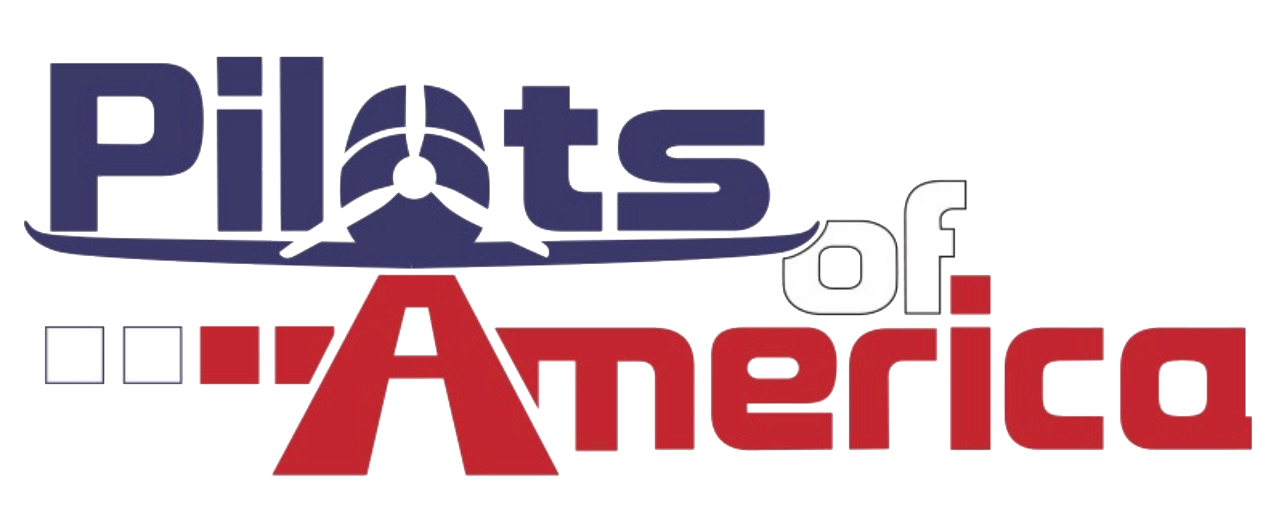Desdemonaaa
Filing Flight Plan
- Joined
- Nov 9, 2019
- Messages
- 1
- Display Name
Display name:
Desdemonaaa
What area are you calling "corrosion" and the "crevice?" The gray/silver ball area is a coated area usually teflon or something similar and the brown/reddish ragged line next to the ball area appears to be the edge of the phenolic material or something similar that the coated ball area rides against within the link housing. But I really don't see any corrosion from these pics???was looking for info on corrosion found on a bearing. Is there a high chance of corrosion inside the crevice?
Helicopter? What model?The bearings are pressed in and are a flight critical parts.
FYI: if that bearing is what I think it is, they are actually self-lubricating type bearings. No disassembly or lubrication possible. Actually if any lube is applied it reduces the life of the bearing. The "dried lube" you mention is more edge of the PTFE/phelolic material bonded to the interior of the link housing. The rod-ends you mention could be disassembled via the retaining rings and the actual ball-bearings relubed with grease. The ones pictured above have no ball-bearings, only a internally bonded bearing fabric on which the the coated ball rides on. Short of the bearing fabric migrating out of the link housing the only indicator to replace them is via axial/radial play. We'll see if the OP will respond with more info.Looks more like dried out lube.

FYI: if that bearing is what I think it is, they are actually self-lubricating type bearings. No disassembly or lubrication possible. Actually if any lube is applied it reduces the life of the bearing. The "dried lube" you mention is more edge of the PTFE/phelolic material bonded to the interior of the link housing. The rod-ends you mention could be disassembled via the retaining rings and the actual ball-bearings relubed with grease. The ones pictured above have no ball-bearings, only a internally bonded bearing fabric on which the the coated ball rides on. Short of the bearing fabric migrating out of the link housing the only indicator to replace them is via axial/radial play. We'll see if the OP will respond with more info.
Agree. But my guess the OPs pics are of helicopter flight control link bearings at the swashplate and not an engine control linkage. And considering they have data tags on them probably are tracked components.P&WC has lubing procedures for their rod ends. Beech engine control rod ends are teflon and are supposed to see no lube.
